Tokyo is a city of contrasts where ancient traditions blend with cutting-edge technology. It’s a place that can surprise you at every corner-from towering skyscrapers to quiet bamboo groves tucked away in urban parks. Whether you are wandering through its busy markets or admiring the serene gardens, Tokyo offers many layers to explore. This guide will help you navigate the city with ease, show you where to find authentic flavors, and share some cultural tips that make your stay respectful and enjoyable.
Table of Contents
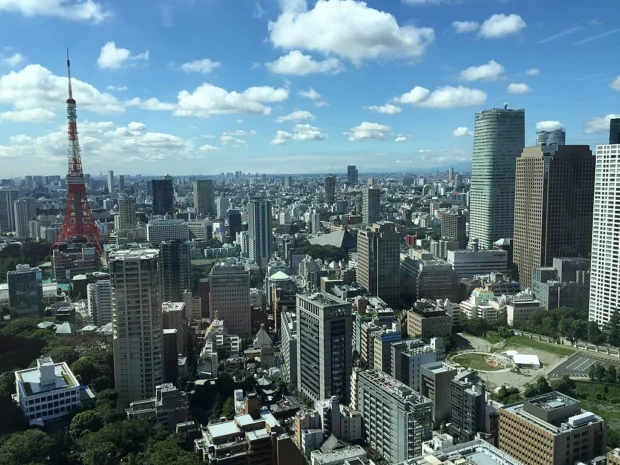
Getting to Tokyo and Moving Around Efficiently
Your journey to Tokyo likely begins at one of its two main airports: Narita or Haneda. Haneda is closer to the city center, making it faster to reach your accommodation by train or bus. Narita, a bit farther out, connects to downtown Tokyo via the Narita Express, a comfortable train that takes about an hour. Once in the city, the subway and train systems are your best friends. They are punctual and cover almost everywhere you might want to go. Keep a rechargeable IC card like Suica or Pasmo handy. It works on trains, buses, and even some vending machines, making payments smooth and cash-free.
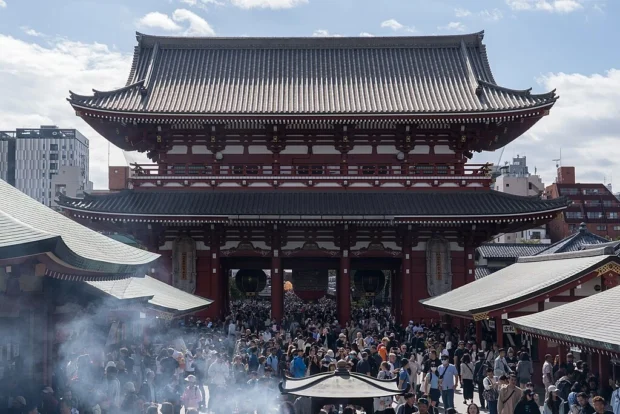
Famous Landmarks and Quiet Corners in Tokyo
The first time you see Tokyo Tower, its red and white paint standing tall against the sky, you might think of Paris’s Eiffel Tower. Tokyo Tower is not just an observation deck; it is a symbol of Tokyo’s rebirth after World War II. For a different kind of view, head to the Tokyo Skytree, which rises even higher and offers sweeping panoramas of the city’s sprawling landscape. Both towers have observation decks with cafes where you can pause and soak in the scenery.
For a closer look at where Tokyo’s energy converges, explore our guide to the bustling Shibuya Crossing and its unique charm Shibuya Crossing Insights.

If you want to feel the city’s older pulse, a visit to Meiji Shrine is essential. Tucked inside a vast forested park, the shrine offers calm and reflection amid the city’s buzz. Here, people come to pray for good fortune and health, practicing a centuries-old ritual of bowing, clapping, and offering coins. Walking through the torii gates feels like stepping into another world, a world where nature and spirituality coexist.
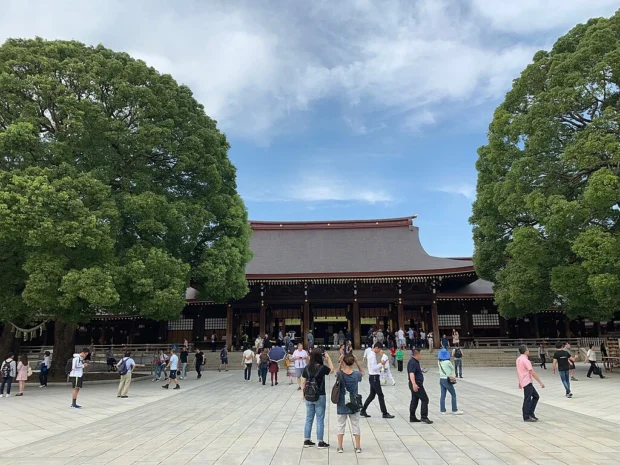
Less known but equally charming is Nezu Shrine, with its vivid vermillion gates framing winding paths lined with azaleas. It’s quieter than the famous shrines, allowing you to linger without crowds. The architecture here is a beautiful example of Edo-period craftsmanship, something visitors often miss when rushing through Tokyo’s flashy districts.
If you appreciate Tokyo’s spiritual sites, the nearby Fushimi Inari Shrine in Kyoto offers a mesmerizing walk through vivid torii gates and ancient traditions.

Where to Stay: Neighborhoods That Capture Tokyo’s Spirit
Choosing where to stay depends on what you want to feel. If you like lively scenes with plenty of shops and eateries, areas like Shinjuku and Shibuya never sleep. They offer a mix of modern skyscrapers and quirky boutiques. For a more traditional atmosphere, consider Asakusa. This district keeps the charm of old Tokyo with its historic temples and small streets filled with artisans and sweet shops.

If calm and green spaces appeal to you, try staying near the Imperial Palace. Around here, you can stroll through the East Gardens, admiring seasonal flowers and ancient stone walls. Being near the palace also means you are close to good transportation links without the noise of busier tourist hubs.

Taste Tokyo: Savoring the City’s Flavors
Tokyo’s food scene is vast, from delicate sushi to comforting bowls of ramen. In Tsukiji Outer Market, you’ll find fresh seafood served simply, where the aroma of grilled fish mingles with the salty sea breeze. Small stalls offer treats like tamagoyaki, a sweet rolled omelet, perfect for a quick snack. Close by, Ginza has elegant restaurants where chefs prepare seasonal dishes that celebrate Japan’s natural bounty.

For something heartier, venture to the ramen shops in Ikebukuro or Nakameguro. Each place has its own secret recipe, but common to all is the rich broth-sometimes pork-based, sometimes lighter and soy-flavored. Don’t miss trying monjayaki in Tsukishima, a pan-fried batter mixed with chopped ingredients, a savory dish locals enjoy while chatting over sizzling plates.

Street vendors sell more than food. At Ameya-Yokocho market near Ueno, spices and pickles fill the air with sharp, tangy scents, a hint of Tokyo’s place in the ancient spice trade routes. Here, you can sample snacks and buy small jars of flavor to take home.

Customs and Culture: Being a Thoughtful Visitor
Tokyo’s culture is rooted in respect and quiet manners. When you enter someone’s home or certain traditional places, it is customary to take off your shoes. This practice helps keep floors clean and shows respect to the household. Also, speaking softly in public spaces like trains is appreciated; loud conversations might disturb others.

When visiting a shrine or temple, it’s polite to wash your hands and mouth at the purification fountain before approaching the main hall. This small ritual symbolizes cleansing of the body and mind. If you want to take photos at these sites, look for signage-some areas discourage photography to preserve the sacred atmosphere.
For visitors interested in Japan’s rich heritage, Kyoto offers a gentle contrast with its peaceful temples and historic streets, complementing Tokyo’s vibrant energy.

Last but not least, avoid eating while walking on the streets. It’s common to pause and enjoy your food in designated areas. This habit keeps the city tidy and respects the dining experience both for yourself and others.
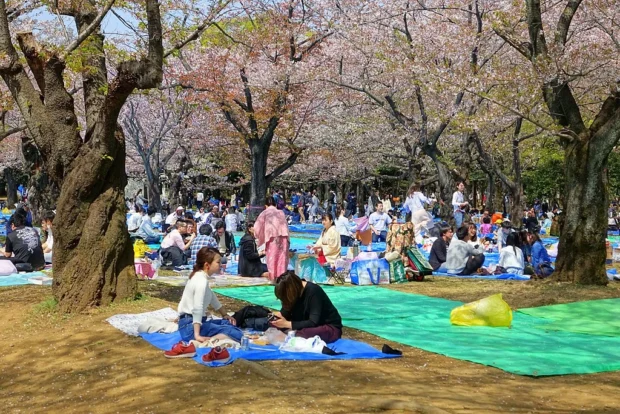
Unexpected Stories and Small Wonders
One rainy afternoon, I found myself wandering through Kichijoji, a neighborhood west of central Tokyo. Beyond its parks and shops is an unusual museum dedicated entirely to ramen. This place tells how a simple noodle dish became a national obsession, showing vintage cooking tools and old advertisements. It’s a reminder of how food can shape cultural identity.

Another moment that sticks in my memory happened in Ueno Park, famous for its museums and zoo. Here you might stumble upon a group practicing traditional Japanese dance or music. These performances connect the present with the past, preserving folk art passed down through generations. It’s always worth stopping to watch, even if just for a few minutes.
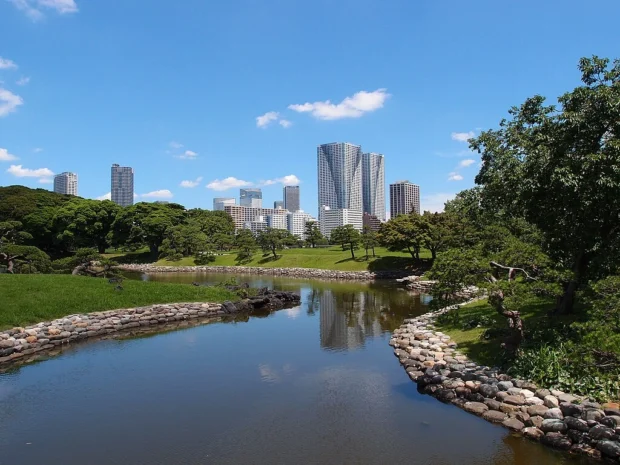
Even in modern districts like Akihabara, known for electronics and anime, there are quiet temples nestled between buildings. One such temple has a centuries-old pagoda that survived earthquakes and wars, standing as a testament to Japan’s resilience and love for ancient architecture.
Final Thoughts on Tokyo’s Endless Layers
Tokyo is not a city you see once and forget. Its mix of old and new, from majestic imperial palaces to cutting-edge craft shops, invites you to look deeper. Every corner reveals a story if you take the time to listen. Whether it’s savoring the delicate aroma of green tea in a quiet garden or watching the neon lights flicker after dusk, Tokyo leaves a lasting impression. It’s a place where tradition and modern life are not opposed but intertwined in a way that feels natural and inspiring.

A Chinese tour guide with deep knowledge of the Far East, its traditions, and culinary secrets.
- Marunouchi Central Plaza with blue sky, Tokyo station and Shin-Marunouchi Building, panoramic view from JP Tower, Tokyo, Japan by Basile Morin on Wikimedia Commons – cc by-sa 4.0
- Cityscape near Tokyo Tower, ARK Hills Sengokuyama Mori Tower, and Shiroyama Trust Tower, view from Toranomon Hills Mori Tower, Minato-ku, Tokyo – 2 (2015-09-11 by yellowmagics9 @Pixabay 1121869) by yellowmagics9 on Wikimedia Commons – cc0
- 2024-10-20 Tokyo, Sensō-ji 1 by Alexkom000 on Wikimedia Commons – cc by 4.0
- Shibuya Crossing, May 2017 1 by Celuici on Wikimedia Commons – cc by-sa 3.0
- Meiji Jingu Shrine Tokyo Japan by MediaByPanda on Wikimedia Commons – cc by-sa 4.0
- 2019 Tokyo Skytree by Kakidai on Wikimedia Commons – cc by-sa 4.0
- Tokyo Imperial Palace Main Gate (2875559412) by gwaar from Japan on Wikimedia Commons – cc by 2.0
- Tsukiji Outer Market -01 by Aimaimyi on Wikimedia Commons – cc by-sa 3.0
- April 2009, hanami in Ueno Park -91288 by Syced on Wikimedia Commons – cc0
- Ginza, Tokyo – panoramio – F-GSPY by F-GSPY on Wikimedia Commons – cc by 3.0
- Roppongi Hills 2013-12-01 by Shampoorobot at Japanese Wikipedia aka ja:User:A16504601 on Wikimedia Commons – cc by-sa 3.0
- 20030727 27 July 2003 Rainbow Bridge Tokyo Harbar Connecting Bridge 1 Odaiba Tokyo Japan by Morio on Wikimedia Commons – cc by-sa 3.0
- Japan – Tokyo (Asakusa) (10005090516) by Maya-Anaïs Yataghène from Paris, France on Wikimedia Commons – cc by 2.0
- Cherry blossom festival 2018 – Yoyogi Park – Tokyo, Japan – DSC05535 by Daderot on Wikimedia Commons – cc0
- Akihabara, Tokyo, Japan 006 by Vasconium on Wikimedia Commons – cc by-sa 2.0
- Hamarikyu Gardens (9155535655) by Guilhem Vellut from Annecy, France on Wikimedia Commons – cc by 2.0
